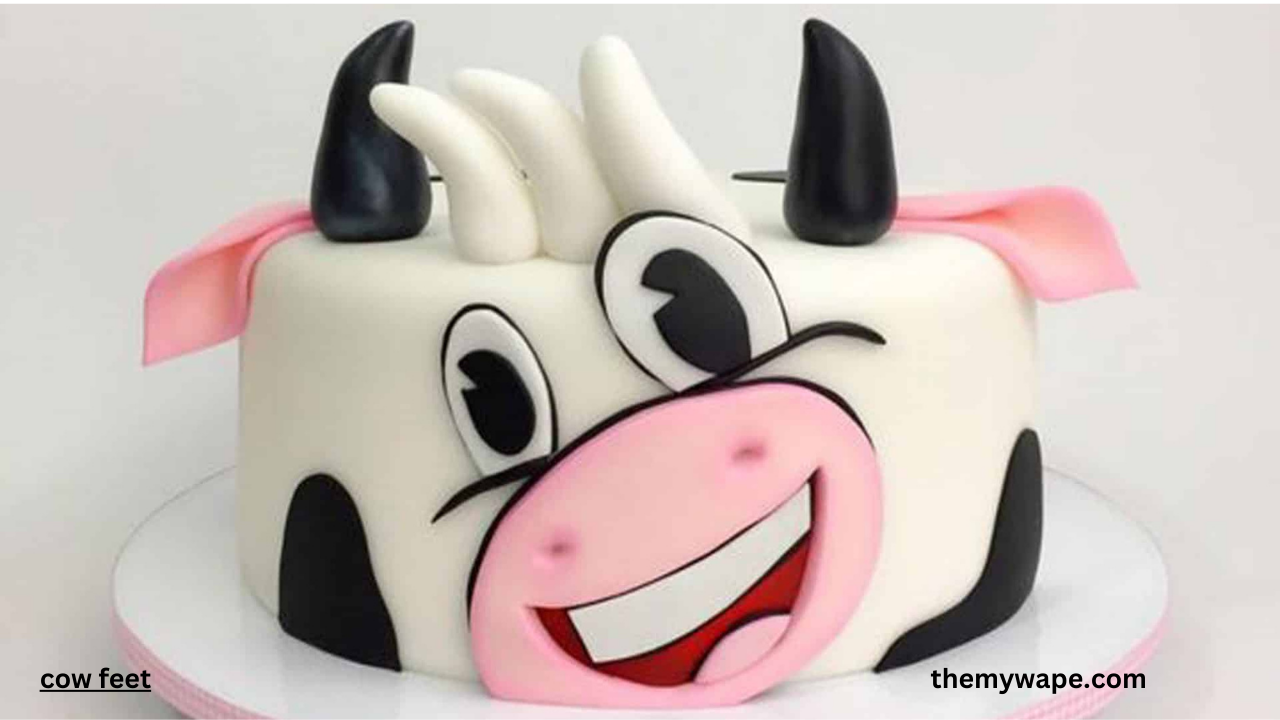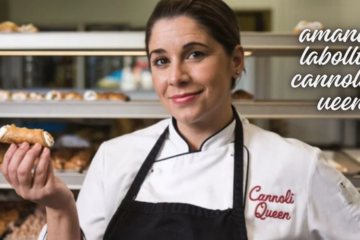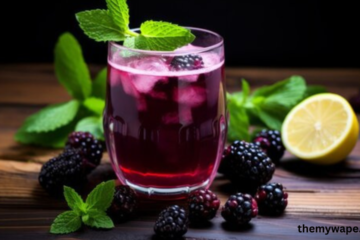Introduction
When we think of treats, we often imagine delicious snacks for ourselves, but have you ever considered a special treat for your livestock? Enter cow cake, a nutrient-packed feed that not only satisfies your cows but also boosts their overall health. In this article, we’ll dive deep into what cow cake is, why it’s essential, and how it can benefit your herd.
Table of Contents
What is cow cake?
Cow cake, also known as cattle cake, is a type of livestock feed made from compressed ingredients like grains, protein meals, and minerals. It’s formulated to provide a balanced diet for cows, ensuring they receive the necessary nutrients for growth, milk production, and overall well-being.
Importance of Cow Cake in Livestock Nutrition
Feeding your livestock a well-rounded diet is crucial, and cow cake plays a significant role in achieving that balance. It’s specifically designed to meet the dietary needs of cows, providing them with energy, protein, vitamins, and minerals. This ensures that your cows stay healthy, produce quality milk, and maintain an ideal weight.
History of Cow Cake
Origins of Cow Cake
The concept of cow cake dates back to the early 20th century, when farmers began to realize the importance of a balanced diet for livestock. Initially, cow cake was a simple mixture of grains and oilseeds, but over time, it evolved into a more sophisticated product.
Evolution of Cow Cake Over Time
As agricultural science advanced, so did the formulation of cow cake. Modern cow cakes are now meticulously designed to cater to specific needs, whether it’s enhancing milk yield, promoting muscle growth, or improving overall health.
Ingredients in Cow Cake
Primary Ingredients
The primary ingredients in cow cake typically include grains like corn and barley, protein meals such as soybean or cottonseed, and essential minerals like calcium and phosphorus. These components work together to create a balanced feed that supports the health and productivity of cows.
Nutritional Value
Cow cake is rich in protein, energy, and essential vitamins and minerals. It’s designed to supplement the cow’s regular diet, providing them with the necessary nutrients to thrive. The high energy content helps with milk production, while the protein supports muscle development and growth.
Types of Cow Cake
Grain-Based Cow Cake
Grain-based cow cake is made primarily from cereals like corn, wheat, and barley. This type of cow cake is high in energy and is often used to support lactating cows or those in intensive production systems.
Protein-Rich Cow Cake
Protein-rich cow cake includes higher amounts of protein meals like soybean or cottonseed. This type is ideal for cows that require additional protein, such as those in growth or recovery phases.
Mineral-Enriched Cow Cake
Mineral-enriched cow cake is designed to address specific deficiencies in the cow’s diet. It contains added minerals like calcium, phosphorus, and magnesium, which are crucial for bone health, milk production, and overall vitality.
How to Make Cow Cake at Home
Step-by-Step Guide
Gather Ingredients: You’ll need grains (like corn), protein meals (such as soybeans), and mineral supplements.
Mix Ingredients: In a large container, mix the grains, protein meals, and minerals thoroughly.
Compress the mixture: Use a feed pellet machine to compress the mixture into cakes.
Cool and Store: Allow the cow cakes to cool before storing them in a dry, cool place.
Common Mistakes to Avoid
Incorrect ratios: Ensure you’re using the correct ratios of ingredients to avoid nutrient imbalances.
Improper Storage: Store cow cakes properly to prevent spoilage and nutrient loss.
Benefits of Feeding Cow Cake to Livestock
Enhanced Milk Production
One of the primary benefits of cow cake is its ability to boost milk production. The high energy content provides the necessary fuel for lactating cows, resulting in increased milk yield.
Improved Digestive Health
Cow cake is also beneficial for the cow’s digestive system. The balanced nutrients support healthy gut bacteria, leading to better digestion and absorption of nutrients.
Weight Gain and Muscle Development
For cows that need to gain weight or build muscle, cow cake provides the necessary protein and energy. It’s particularly useful for young cows or those recovering from illness.
Cow Cake vs. Traditional Feed
Nutritional Comparison
Compared to traditional feed, cow cake offers a more concentrated source of nutrients. While traditional feed may consist of hay and grass, cow cake is packed with proteins, minerals, and energy, making it a more efficient option.
Cost-Effectiveness
While cow cake might be more expensive upfront, its concentrated nutrition means you can feed your cows less while achieving better results.
How to Store Cow Cake
Proper Storage Techniques
Store cow cake in a cool, dry place to prevent spoilage. Use airtight containers to keep out moisture and pests, and make sure to rotate stock regularly to use older cakes first.
Shelf Life of Cow Cake
When stored correctly, cow cake can last several months without losing its nutritional value. However, always check for signs of spoilage before feeding.
Common Myths About Cow Cake
Debunking Popular Misconceptions
Myth: “Cow cake is merely a filler feed.”
This restates the original idea in a different way while preserving the meaning.
4o
Truth: Cow cake is a nutrient-dense feed designed to supplement the cow’s diet, not replace it.
Myth: “All cow cakes are the same.”
Truth: There are various types of cow cakes, each formulated for specific needs.
Best Practices for Feeding Cow Cake
Ideal feeding schedules
Feed cow cake in moderation, ideally splitting the total daily amount into two or three smaller feedings. This aids in improving digestion and enhancing nutrient absorption.
Quantity and frequency recommendations
The amount of cow cake to feed depends on the cow’s weight, age, and production level. Consult a veterinarian or nutritionist for specific recommendations tailored to your herd.
Environmental Impact of Cow Cake Production
Sustainable Sourcing of Ingredients
Choose cow cakes made from sustainably sourced ingredients to minimize environmental impact. This includes grains grown without excessive use of pesticides and protein meals derived from responsibly managed sources.
Reducing Carbon Footprint
Opting for locally produced cow cake can reduce the carbon footprint associated with transportation. Additionally, supporting brands that prioritize eco-friendly practices is a great way to contribute to a greener planet.
How to Choose the Right Cow Cake for Your Livestock
Factors to Consider
When selecting cow cake, consider the nutritional needs of your herd, the type of production system you’re using, and any specific dietary requirements. It’s essential to choose a product that complements your cow’s existing diet.
Reading labels and ingredients
Always read the label to understand the ingredients and nutritional content. Look for cow cakes that are free from artificial additives and made from high-quality ingredients.
Commercially Available Cow Cake Brands
Top Brands in the Market
Some of the top brands in the cow cake market include Brand A, Brand B, and Brand C. Each brand offers a range of products designed to meet different nutritional needs.
Pros and Cons of Each Brand
Brand A: Known for high protein content but slightly more expensive.
Brand B: but may contain lower-quality grains.
Brand C: offers organic options but limited availability.
Potential Risks of Overfeeding Cow Cake
Health Implications
Overfeeding cows can lead to obesity, digestive issues, and even metabolic disorders. It’s crucial to follow feeding guidelines to avoid these health risks.
How to Avoid Overfeeding
Monitor your cows’ weight and adjust their diet as needed. If you notice any signs of overfeeding, such as rapid weight gain or digestive problems, reduce the amount of cow cake provided.
Conclusion
Cow cake is an excellent addition to your livestock’s diet, offering a range of benefits from enhanced milk production to improved overall health. By understanding the different types, ingredients, and feeding practices, you can ensure that your cows receive the best nutrition possible.
FAQs
What is the best type of cow cake for dairy cows? The best type of cow cake for dairy cows is one high in energy and protein, as these nutrients support milk production.
Can I make cow cake at home? Yes, cow cake can be made at home using grains, protein meals, and mineral supplements. However, it’s essential to follow a balanced recipe.
How often should I feed cow cake to my cows? It’s recommended to feed cow cake in moderation, ideally two to three times a day.
Is cow cake better than traditional feed? Cow cake offers more concentrated nutrition than traditional feed, making it a more efficient option for boosting cow health.What are the risks of overfeeding cow cake? Overfeeding can lead to obesity, digestive issues, and metabolic disorders, so it’s essential to follow feeding guidelines.
You can see the latest updates on : My Wape



